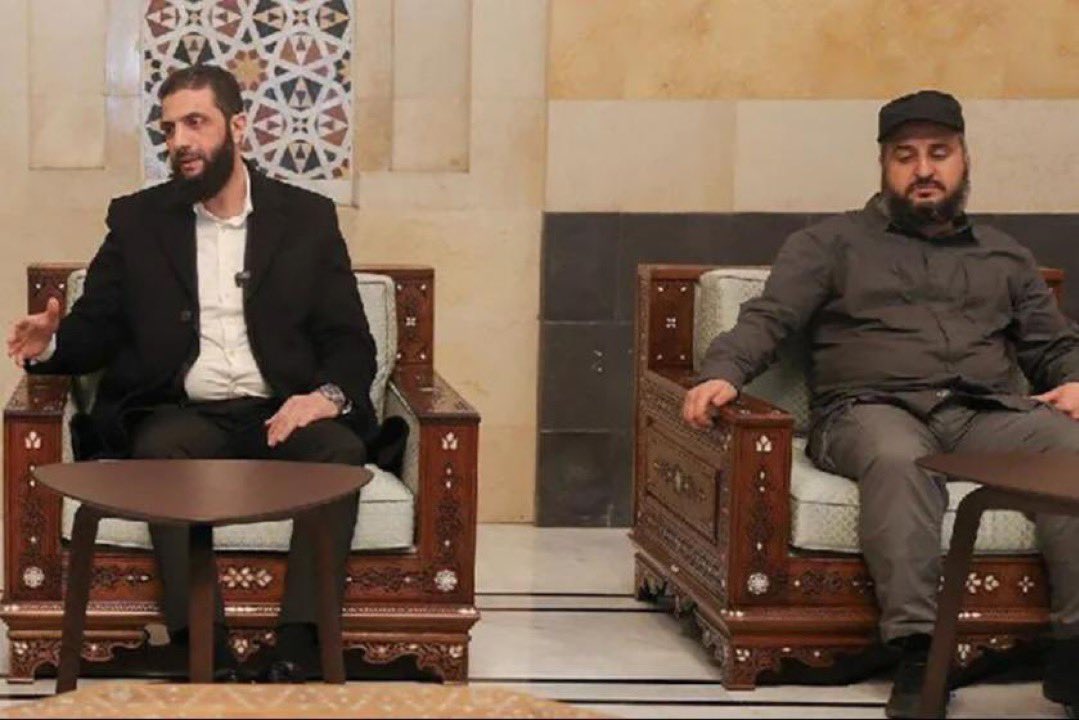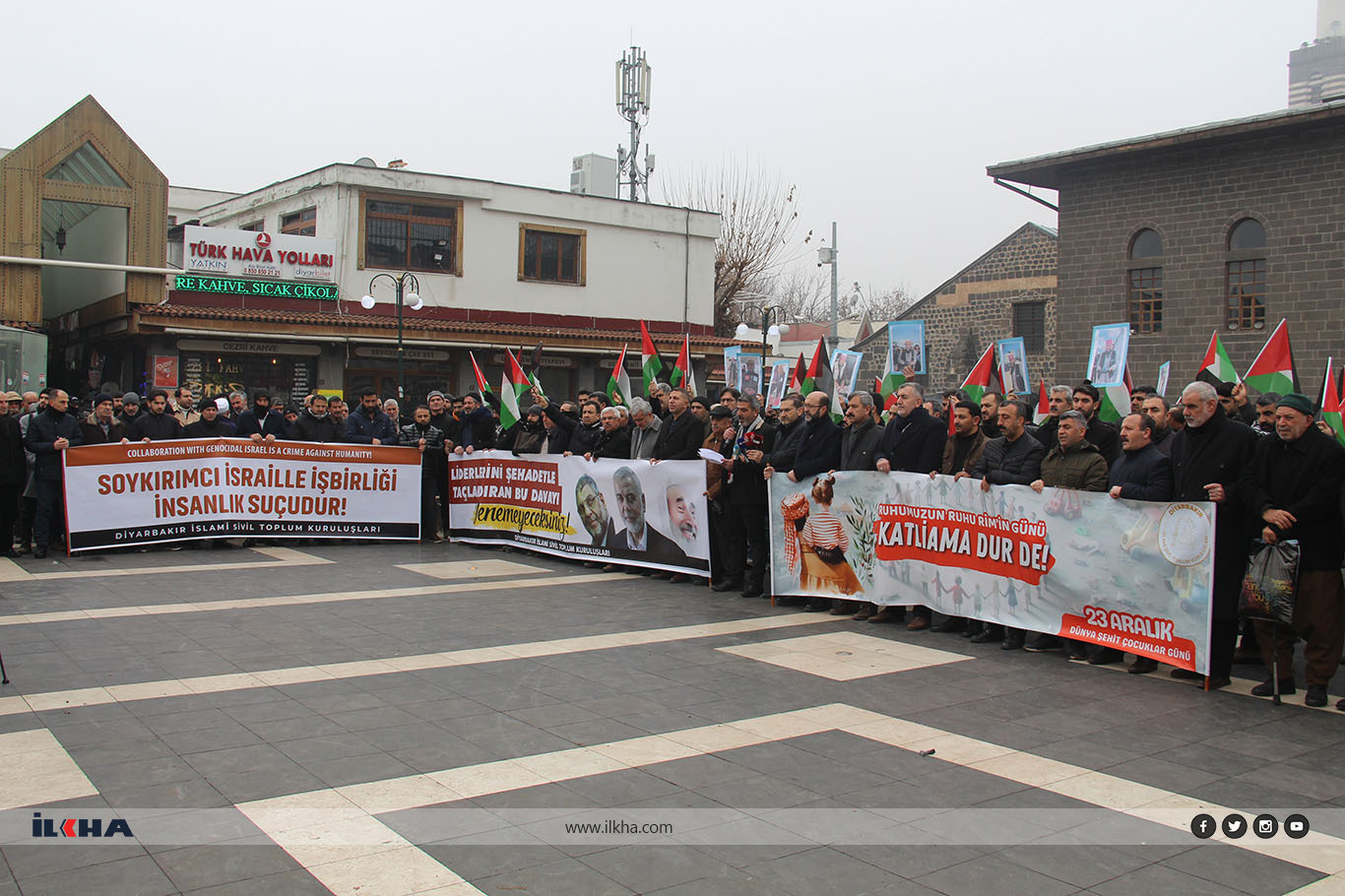Turkish presidency produce documentary about Arslantepe Mound
Turkish Presidency’s Directorate of Communications will globally promote UNESCO-listed “Arslantepe Mound” with a documentary.

 Google News'te Doğruhaber'e abone olun.
Google News'te Doğruhaber'e abone olun. The Directorate of Communications produced a documentary about the 7000-year-old Malatya Arslantepe Mound, which was inscribed on UNESCO's “World Cultural Heritage List” this year and is believed to be the site of the world's earliest form of state.
The documentary, which was produced in both Turkish and English to highlight Turkey’s cultural diversity, covers the period beginning with the discovery of an important value that was etched into the history of Anatolia's civilizations and concluding with its inscription on the UNESCO World Heritage List.
The documentary highlights the artifacts discovered during excavations at Malatya Arslantepe Mound which dates back to 5 thousand BC, as well as the 7000-year-old historical heritage in which the aristocracy was born, and the first form of state emerged.
The documentary will be shared with the public via the social media accounts of TRT Belgesel (TRT Documentary) and the Presidency's Directorate of Communications.
Presidency's Director of Communications Fahrettin Altun said in a statement about the documentary that the Anatolian region hosted various civilizations and nations throughout history.
Director of Communications Altun emphasized that Anatolia deserves to be recognized as “ancient heritage of humanity” because of its ancient history and assets, adding, “With our documentary, we intend to promote Arslantepe Mound globally, to expand its recognition, and to contribute to Turkey’s cultural tourism.”
Director of Communications Altun stated that the Directorate of Communications aims to effectively promote Anatolia's cultural, social, and historical assets, as well as values of civilization in the national and international arenas through documentaries produced under the theme “Anatolia: The Ancient Region of Humanity”.
Arslantepe Mound
Arslantepe Mound is a 30-metre-tall archaeological tell located in the Malatya plain, 12 km south-west of the Euphrates River. Archaeological evidence from the site testifies to its occupation from at least the 6th millennium BCE up until the late Roman period.
The earliest layers of the Early Uruk period are characterized by adobe houses from the first half of the 4th millennium BCE. The most prominent and flourishing period of the site was in the Late Chalcolithic period, during which the so-called palace complex was constructed. Considerable evidence also testifies to the Early Bronze Age period, most prominently identified by the Royal Tomb complex.
The archaeological stratigraphy then extends to the Paleo-Assyrian and Hittite periods, including Neo-Hittite levels. The site illustrates the processes which led to the emergence of a State society in the Near East and a sophisticated bureaucratic system that predates writing.
Exceptional metal objects and weapons have been excavated at the site, among them the earliest swords so far known in the world, which suggests the beginning of forms of organized combat as the prerogative of an elite, who exhibited them as instruments of their new political power. (ILKHA)



















































